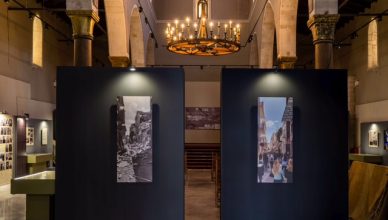The term Virtual Museum (VM) is often used to refer to low-profile initiatives such as 2D and 3D digital collections available from the internet and virtual tours of existing physical museums. Recent and current research activities in Virtual Museums have promoted new technologies, methods and tools to shape, propose and implement the Virtual Museum of the future. In this context, a wide range of technological challenges related to digital technology and culture have been considered, such as: 3D and mass digitization of objects and works of art, digital metadata repositories, digitization of intangible cultural content, writing and digital storytelling, VR technologies & AR, as well as holistic solutions for virtual exhibitions. Access to digital content through mobile devices and online platforms, adaptability, personalization and interaction between users are areas of research interest. Despite this progress, today such Virtual Museums (VMs) exist largely at the level of research prototypes, while they could be a reality and societies are already reaping benefits. The main obstacles to achieving this vision are: a) the lack of tools for writing narratives that use and connect knowledge with digital representations of objects, b) the lack of a unified platform to present the Virtual Museum on any device, and c) the lack of mechanisms for personalized interaction with knowledge and digital information.
The Project will develop new technologies and combine state-of-the-art technologies to create a new Virtual Museum development and navigation product that will be commercially exploited by the partnership. This product will fill the market gap in the field of Virtual Museums and will be immediately usable by museums and cultural institutions.

